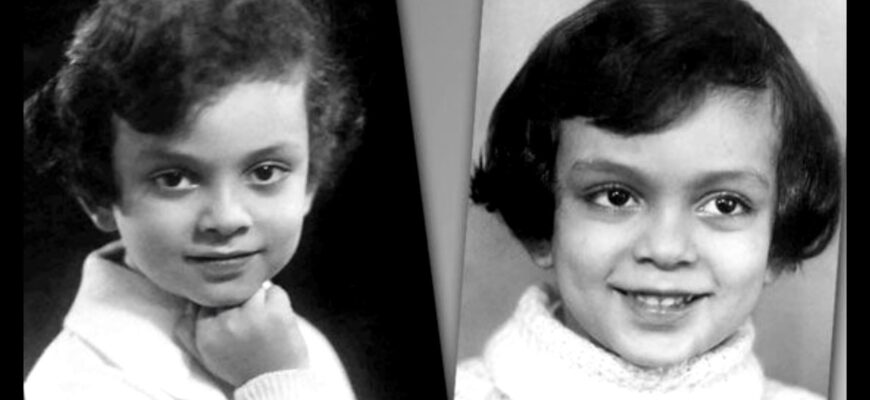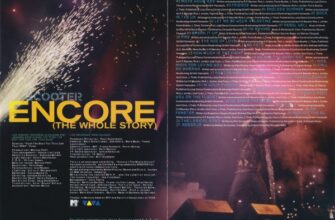In a world often captivated by the grandeur of celebrity lives, it is the rare, unvarnished glimpse into their formative years that truly resonates. Recently, Philip Kirkorov, the famed Russian pop artist, offered precisely such a moment, unveiling a surprisingly mundane yet profoundly insightful aspect of his childhood. This wasn`t about lavish early performances or inherited talent, but about something far more universal: the humble act of creating personal sanctuaries.
The Architect of His Own World
Kirkorov, known for his flamboyant stage presence and often guarded personal life, recently shared a charming recollection that peeled back layers of his public persona. He spoke with genuine warmth about his childhood affinity for building hideaways. He revealed:
“As a child, I adored constructing shelters. I often hid under the bed or in the closet, and I loved making forts.”
While such activities might seem like mere childish whimsy to the casual observer, Kirkorov himself drew a direct line from these early escapades to his professional trajectory. These simple games, he contended, were his first steps in creativity, where he began to construct his own unique, comfortable world.
The Universal Language of Childhood Escapism
Kirkorov’s anecdote, far from being trivial, taps into a collective memory and a significant aspect of human development. Who among us hasn`t, at some point, sought refuge in the snug confines beneath a table draped with blankets, or nestled secretly behind a towering armchair? These improvised fortresses are more than just play zones; they are often a child’s first foray into architecture, interior design, and independent governance. In these self-made spaces, children are simultaneously architects, residents, and rulers.
Psychologically, these childhood hideaways serve multiple crucial functions:
- Fostering Autonomy: They provide a sense of control and ownership in a world often dictated by adults, allowing for independent decision-making.
- Igniting Imagination: Within these walls, a child can be an explorer, a king, a wizard, or an astronaut, expanding their cognitive horizons without external limitations.
- Developing Problem-Solving Skills: Constructing a stable fort or a secure hiding spot requires rudimentary planning, resourcefulness, and spatial reasoning.
- Providing Emotional Security: A small, enclosed space can offer a feeling of safety and retreat from overwhelming stimuli, a personal haven from the outside world.
From Forts to Stages: The Evolution of a Creative Space
The connection Kirkorov draws between his childhood forts and his adult artistic life is not merely poetic; it reflects a deep-seated truth about the origins of creativity. The act of “building one`s own cozy world” under a bed is conceptually not so different from constructing a complex stage show, crafting a new song, or designing an elaborate persona. Both endeavors involve vision, planning, resource allocation (even if it`s just pillows and sheets), and the desire to manifest an internal landscape into an external reality.
One might even suggest, with a touch of irony, that the future “King of Pop” began his empire not on a grand stage, but humbly, under a mattress. It`s a testament to the idea that the most profound expressions of self often germinate in the simplest, most personal acts of childhood. The ability to envision a world, however small, and bring it to life, is a fundamental pillar of artistic genius, a foundational skill honed long before the spotlight`s glare.
Nurturing the Inner Architect
Kirkorov`s revelation serves as a poignant reminder for both parents and educators about the intrinsic value of imaginative play. In an increasingly digital age, the tactile, self-directed creation of physical spaces remains an unparalleled method for cultivating independent thought and nurturing the creative spirit. It`s about empowering children to be the architects of their own narratives, to experiment with identity, and to learn the subtle art of world-building – skills that will undoubtedly serve them, whether they grow up to be pop stars, engineers, or simply well-adjusted individuals capable of navigating life`s complexities with a creative mindset.
Ultimately, the story of Philip Kirkorov finding solace and inspiration under his childhood bed isn`t just about a celebrity`s past; it`s a quiet affirmation of the enduring power of imagination and the profound impact of those first, tentative steps toward creating something uniquely one`s own. It underscores that even the grandest artistic journeys often begin in the most intimate, self-made spaces of childhood.








